
Poverty is among the most misunderstood issues around the globe, especially in wealthy countries like the United States. Most latch onto simplified, recycled ideas that place blame where it doesn’t belong or overlook real causes. But the truth is far more layered, so let’s break it down one by one.
Poverty Doesn’t Exist In America
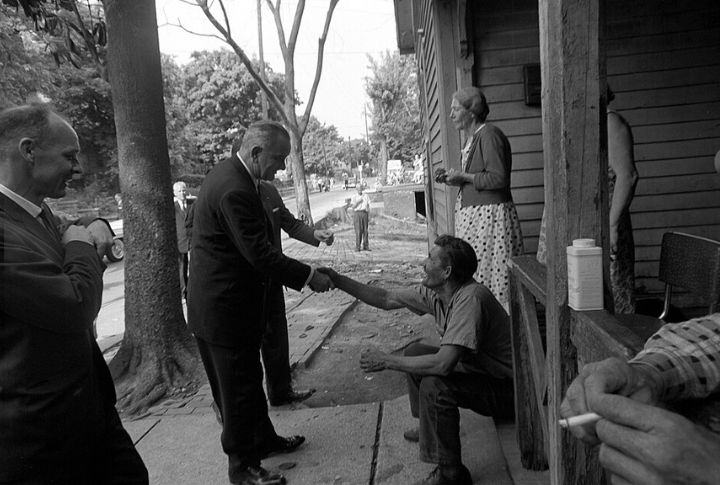
It might sound absurd, but some still argue poverty isn’t a problem in America. Despite overwhelming data, the idea lingers. In 2010, 46.2 million Americans lived below the poverty line. That year, 1 in 5 children were in poverty. These aren’t obscure figures, by the way. Their daily realities prove that destitution is far from invisible.
Poor People Are Lazy
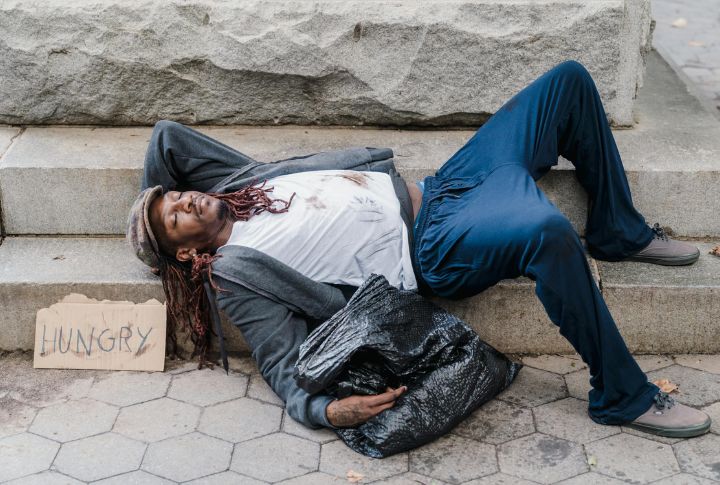
The notion that impoverished people aren’t trying hard enough is one of the most damaging. In 2010, 10.7 million people were working and still classified as poor. Laziness? No. They are underpaid, overworked, and overlooked by systems that don’t serve them. Many work full-time and still can’t afford basic needs like food.
Poverty Only Affects A Few

People picture poverty as a static issue, as if it’s something that only touches a small, unchanging group. That’s wrong. Nearly 60% of Americans will experience poverty or near-poverty for at least a year before turning 65. Sometimes briefly, sometimes long-term, but always unpredictably.
All Kids Start Life With A Fair Shot
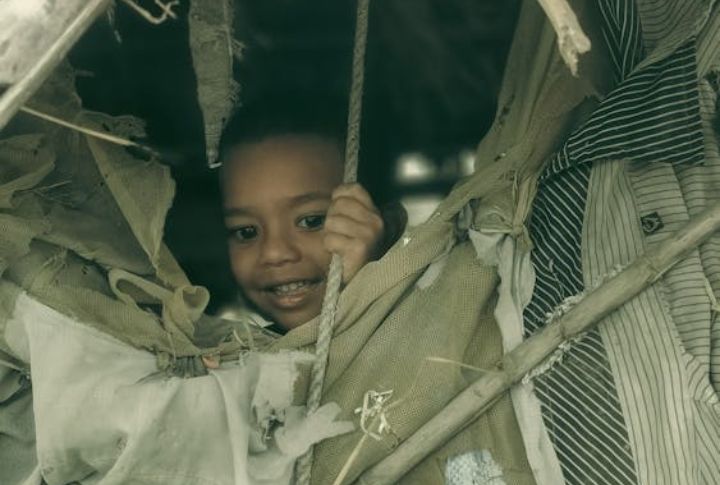
It’s nice to believe that any child can “make it” if they work hard, but research says otherwise. Kids growing up in destitution face higher dropout rates, worse health, and fewer academic resources. A third of those who spend most of their childhood in poverty don’t graduate from high school. There are more things at play than you realize.
People Aren’t Doing Anything To Help
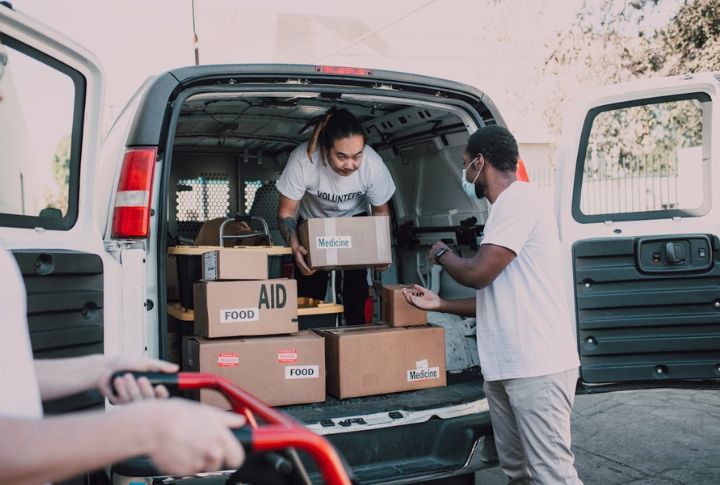
Some critics believe no one’s trying to address poverty. But billions are invested annually in support programs like food stamps, housing assistance, and healthcare. What’s misunderstood is that the poverty line is measured before that aid. So yes, things are bad, but without those programs, they’d be far worse for millions of people.
The Poor Can’t Help Themselves
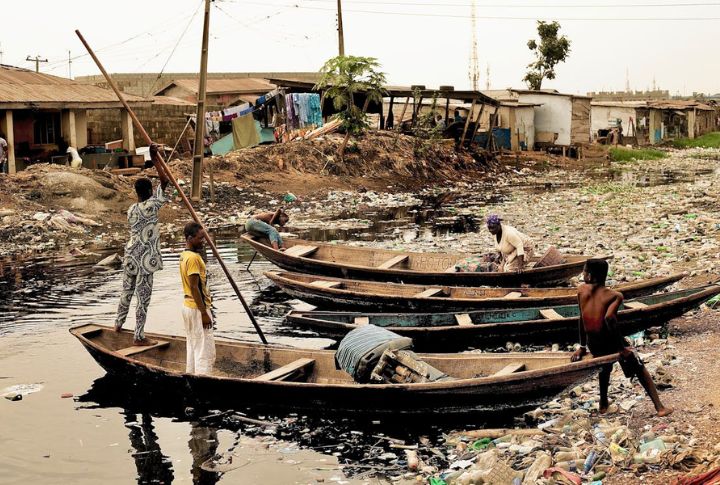
Poverty doesn’t rob people of intelligence or insight. Too often, solutions are made for poor communities without involving them at all. But those who live in indigence understand their barriers better than anyone. Listening to their voices is the bare minimum one could do. Real change doesn’t happen “to” communities—it happens “with” them.
Hunger Isn’t An American Problem
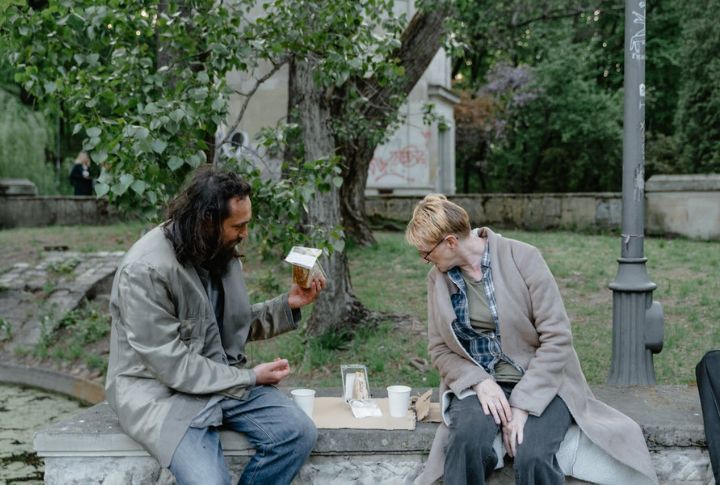
It’s easy to assume nobody goes hungry in the U.S. anymore, thanks to food stamps and pantries. Yet, 1 in 6 Americans faced food insecurity in 2011 (that’s about 50 million people). Hunger isn’t gone. It’s just hidden in plain sight, inside working households, school cafeterias, and neighborhoods you’d never suspect.
Poverty Has No Lasting Effect On Kids
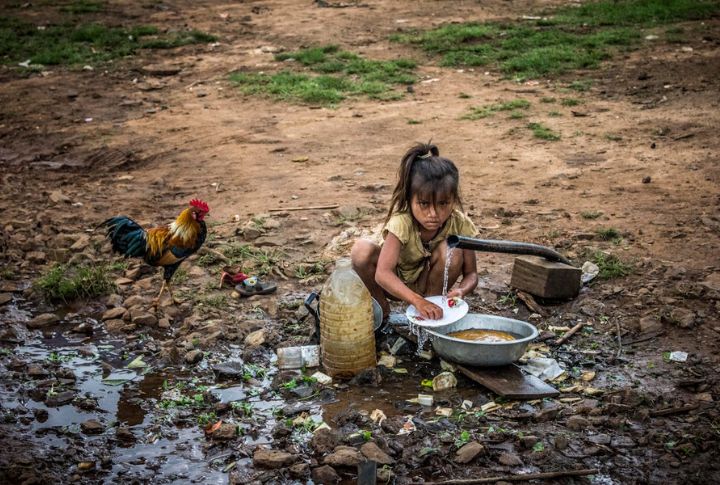
This one’s dangerous. Poverty isn’t something children just “bounce back” from. It raises their risk for physical illness, which can cause other developmental delays. In fact, poverty is one of the biggest threats to child well-being in America. It shapes how kids learn, grow, and see the world for years after it ends.
Being Poor In America Isn’t That Bad
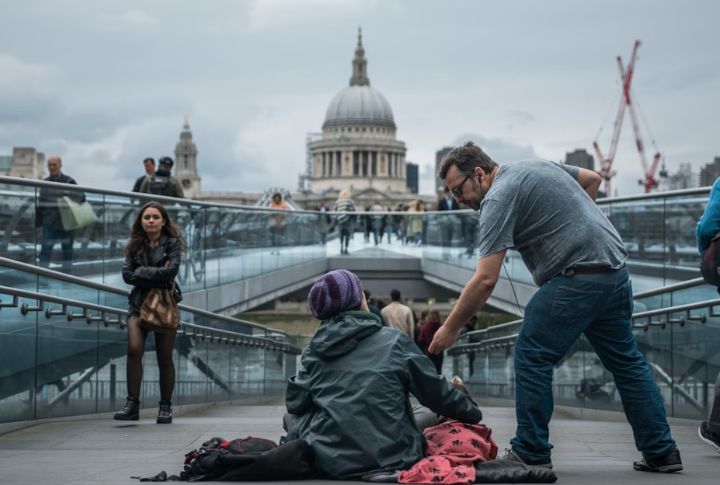
Millions of Americans live in deep destitution, earning less than half the poverty threshold. In 2010, 20.5 million people fell into this category. For one adult, that’s under $6,000 a year. For a family of four? Less than $12,000. That’s literally crisis-level survival in a high-cost country like ours.
Life Above The Poverty Line Is Comfortable

Poverty is about whether people can live without constantly being one bill away from disaster. Living just above the line doesn’t mean someone’s fine. In many states, minimum wage doesn’t cover rent, food, and health expenses. A two-person household earning $24,000 a year is often barely scraping by, if that.
Government Assistance Doesn’t Work
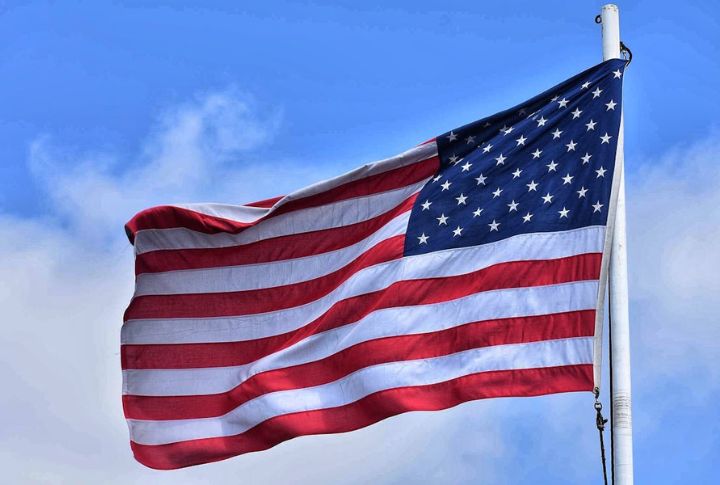
Some say taxpayer-funded programs are a waste, but the numbers disagree. In 2010, SNAP lifted 3.9 million people out of poverty. Refundable tax credits like the EITC lifted 5.4 million more. These programs don’t “end” poverty, but they certainly stop it from getting worse. In many cases, they literally save lives.
Poor Countries Are Doomed To Stay That Way

A common global myth: poor countries can’t escape poverty. Yet nations like Mexico, Turkey, and Chile have shifted into emerging economies. Globally, extreme poverty fell from 36% in 1990 to about 10% by 2015. Progress is slow, yes, but it’s real. When policies target education and healthcare, things change.
All Poor People Are The Same
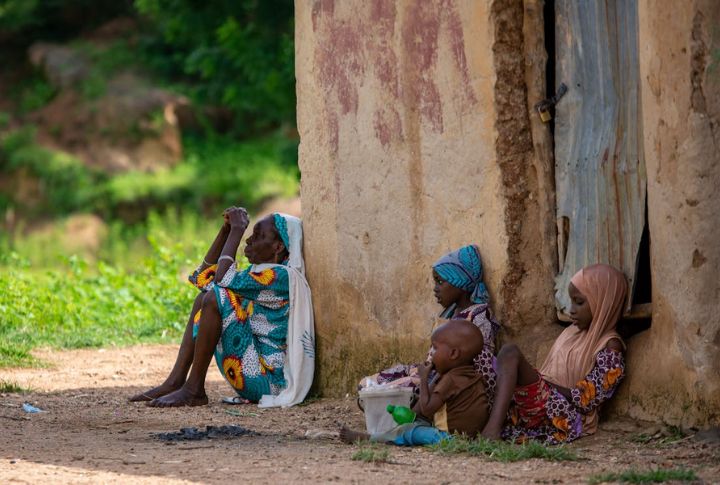
One of the biggest mistakes is treating poverty like it looks the same for everyone. It can mean unstable housing for some, and no healthcare for others. Rural and urban poverty feel completely different. There’s no one-size-fits-all crisis, which is why one-size-fits-all solutions often collapse on impact or fail quietly over time.
Only The Homeless Are Poor
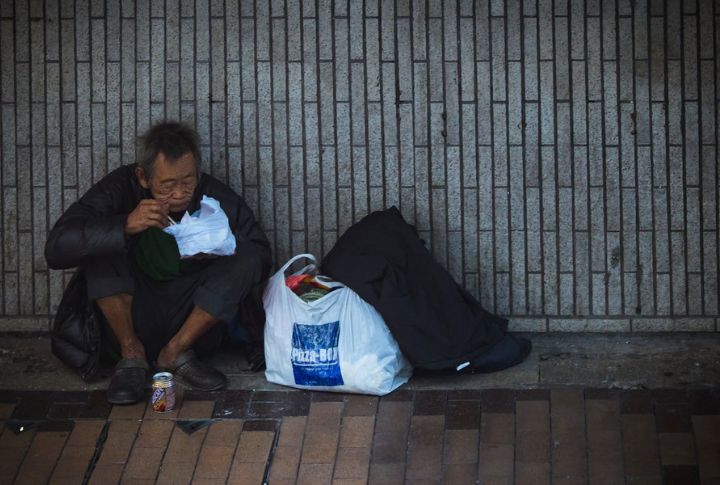
Poverty and homelessness aren’t interchangeable. Most impoverished people do have housing, though not always safe or stable. Many live in overcrowded units or substandard rentals, paycheck to paycheck. Poverty often hides behind closed doors. Unlike homelessness, it doesn’t always scream crisis, but it quietly erodes basic dignity.
Jobs Automatically Erase Poverty
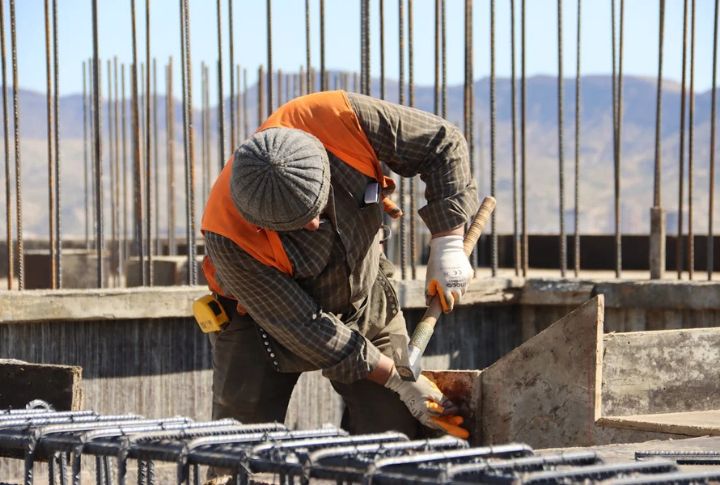
Work doesn’t guarantee financial stability. Millions of people work and still can’t cover rent or groceries. Just look at the price of eggs. It’s called “working poverty,” and it’s everywhere. The problem is that wages haven’t kept up with the cost of living because most low-income households are employed.
Poverty Only Exists In Poor Countries
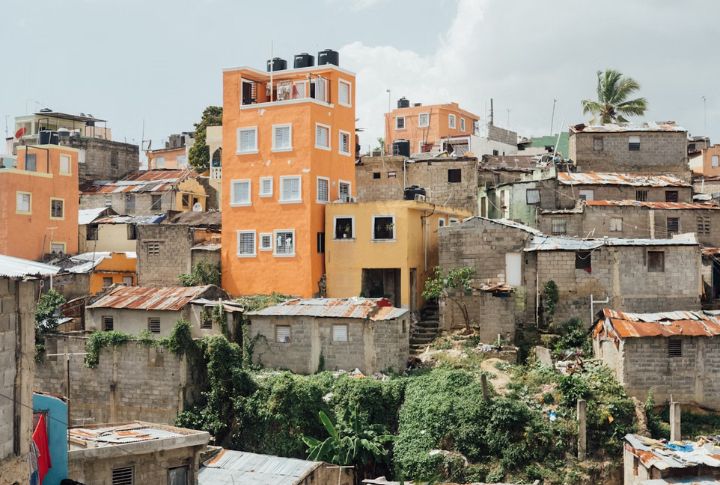
Poverty exists everywhere. It just looks different. In 2023, more than 36 million Americans lived below the poverty line. In the U.K., that number was 14.5 million. Poverty doesn’t just live in disaster zones, but it lives in suburbs, cities, and rural towns. It’s in the grocery line beside you, quietly surviving.
Some People Are Immune To It

A medical bill. A layoff. A rent spike. Any one of them can drag someone under. COVID-19 proved how fast it can happen as millions lost income overnight. Poverty doesn’t just strike “others.” It hits teachers, freelancers, small business owners, and more—these are people with degrees. No one’s untouchable in a fragile system.
Population Growth Comes From Ending Poverty
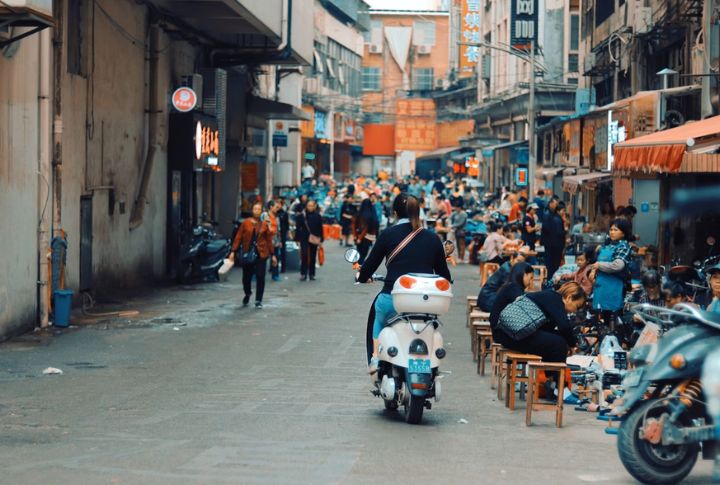
Some argue that lifting people out of poverty causes overpopulation. In reality, the opposite happens. When people (especially women) have access to education and healthcare, birth rates tend to drop. Families don’t feel pressured to have more kids for survival because stability shrinks family size. Progress slows down chaos.
Impoverished People Don’t Pay Taxes

The poorest 20% of Americans pay around 11% of their income in state and local taxes. That’s more than the top 1%, who pay just 7%. Even if someone doesn’t owe federal income tax, they pay every time they buy food, gas, or clothing. Poverty doesn’t mean tax-free—it just means less cushion.
Poverty’s Too Complicated To Fix

It’s complex, yes. But unsolvable? Absolutely not. According to Nelson Mandela, “Poverty is not natural.” Solutions exist: housing reform, wage increases, healthcare access, and better education. What’s missing is coordination, investment, and political will. People don’t realize that it’s a policy choice dressed up as inevitability and that it can be undone.
